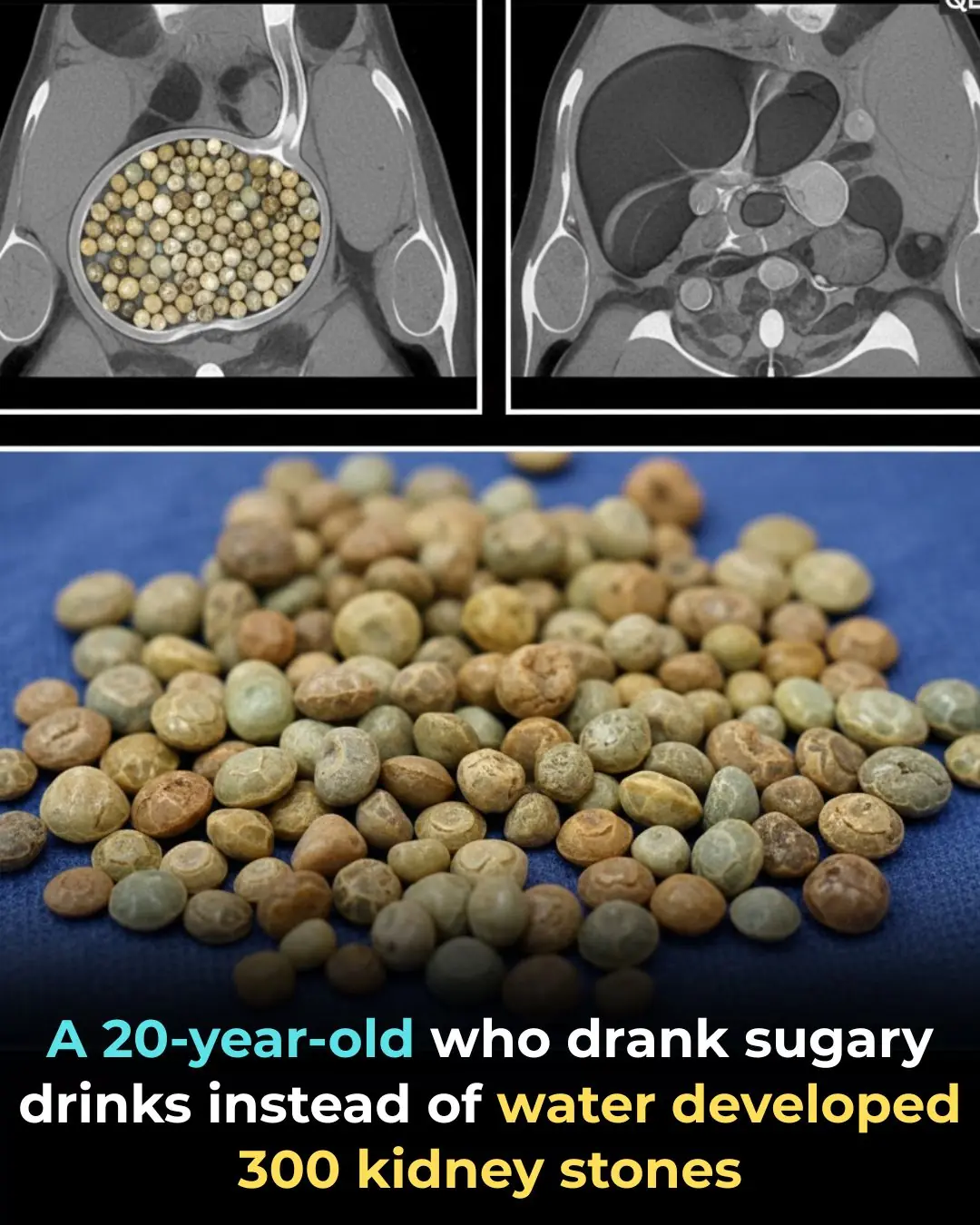Why Wooden Cutting Boards May Be Safer Than Plastic: The Science Behind Kitchen Hygiene
Many home cooks assume that plastic cutting boards are the most hygienic option simply because they can be washed easily or even run through a dishwasher. However, scientific research over the past several decades paints a far more nuanced picture. Studies referenced on PubMed, along with findings from the USDA Food Safety and Inspection Service, indicate that wooden cutting boards possess natural antimicrobial properties that can inhibit or reduce bacterial activity over time. These discoveries challenge long-held assumptions and highlight the surprising advantages of wood in maintaining a cleaner kitchen environment.
One of the most remarkable characteristics of wooden boards is their natural ability to limit the survival of harmful microbes. Research published in the Journal of Food Protection and Food Microbiology shows that certain hardwoods—such as maple, beech, and walnut—can absorb moisture from the food surface, drawing bacteria down into the wood’s pores where they become trapped and eventually die off. This internal migration makes it harder for bacteria like E. coli, Salmonella, or Listeria to multiply or transfer back onto food. In contrast, plastic cutting boards do not absorb moisture, meaning bacteria remain on the surface where they can spread more easily during food preparation.
Plastic boards tend to develop deep grooves and knife marks over time, and these crevices present a hidden risk. A study widely referenced in PubMed and conducted by researchers at the University of California, Davis demonstrated that bacteria lodge in these grooves and often remain even after thorough washing. Because plastic is nonporous, microbial cells trapped in cuts can thrive in moist environments, creating what microbiologists refer to as “harborage sites.” When the board is used again—especially for raw meat or poultry—these bacteria can be transferred back to food, increasing the risk of cross-contamination.
Wood, on the other hand, tends to self-seal as fibers swell and contract. While wooden boards do show wear, their surface does not typically create the same persistent bacterial refuges that form on plastic. In addition, compounds naturally found in some hardwoods—such as tannins—may further contribute to antibacterial behavior. Researchers from institutions including the University of Wisconsin–Madison, whose work is frequently cited in discussions of foodborne pathogens, have consistently found that wooden cutting boards are surprisingly resilient when exposed to common foodborne bacteria.
Of course, both wooden and plastic cutting boards can remain sanitary when properly cleaned and maintained. Plastic boards are easier to sanitize with high heat, making them suitable for commercial kitchens that use industrial dishwashers. Wooden boards require more careful handling—regular washing, thorough drying, and periodic oiling—to prevent warping or cracking. However, the natural antimicrobial activity of wood offers an extra layer of passive protection, something plastic simply cannot replicate.
Choosing the right cutting board can have a significant impact on kitchen hygiene. While no board is perfect, the growing body of scientific evidence suggests that quality wooden boards not only perform well but may actually reduce bacterial survival more effectively than their plastic counterparts. For home cooks seeking to maintain a cleaner, safer food-preparation area, understanding these differences is essential. Proper care is important regardless of the material, but wood brings unique, scientifically supported advantages that make it an excellent choice for everyday cooking.





